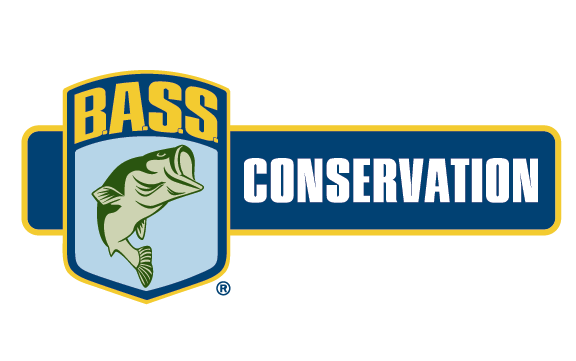
SEDONA, Ariz. — Visualize bass spawning in a hatchery and what do you see? Big, fat females, right? Maybe even double-digits, if you’re familiar with Texas’ ShareLunker program, which uses 13-pound-plus fish annually donated by the anglers who caught them.
But eager to spawn Florida bass in its own hatchery for stocking in state fisheries, Arizona Game and Fish Department (AGFD) decided to try something a little different.
Bubbling Ponds Fish Hatchery Manager Sarah Taylor said a “directive from above” prompted the experiment.
“I probably wouldn’t have done it, and I didn’t expect it to work so well,” she added with a laugh. “But it did.”
As a consequence, resource managers stocked the state’s first 8,000 locally spawned fry earlier this year, along with 340,000 donated by Texas. The Floridas were released into Saguaro, Canyon and Apache Lakes.
“Our goal is to get our own (Florida) bass so we don’t have to rely on others,” said biologist Curt Gill, who added that he is hoping for a 2 percent survival rate to help those fisheries recover more quickly from golden algae kills.
Eight thousand might not seem like much, but given the spawning conditions for the parents of those fry, the results were pretty amazing.
First, the spawners were 2- to 3-year-old fish, averaging about 9 inches long and less than 8 ounces in weight.
“They were so crowded together that they didn’t have room to grow,” said Taylor, adding that 400 fish were in one raceway and 300 another.”
Putting in coconut fiber mats, however, provided just the stimulus needed.

“We were hoping they would use those, despite the crowding, and they did,” the manager added.
She explained that multiple females might have deposited 5,000 to 10,000 eggs each on the four mats, but just a single male guarded each one, not an easy task, given the circumstances.
But if all goes as planned, conditions should be substantially improved and fry numbers produced boosted significantly next year, courtesy of a new facility now being built. It will house eight spawning raceways, with eight to 10 mats placed in each, accommodating one male per mat and one to two females.
Broodstock not spawning will be kept in an outside pond, covered with fencing to protect fish from such would-be predators as otters, herons, osprey, eagles and cormorants.
“I will be really happy to get this infrastructure in place so that these fish (spawners) can start serving their purpose,” Taylor said.
Thanks to donations and purchases from other states, meanwhile, most of Arizona’s major fisheries already contain Florida genes, according to Gill. For example, sampling revealed 83 percent Florida alleles in Canyon in 2013 and 72 percent in Saguaro, with only Bartlett showing pure northern genetics.
“We see the biggest bass in the lakes with the highest Florida alleles,” the biologist added.

Consequently, it’s no surprise that the state record bass, checking in at 16 pounds, 7.68 ounces, came out of Canyon in 1997. But Saguaro also has yielded plenty of double digits.
Additionally, Roosevelt, which has 48 percent Florida alleles, has been stocked with tiger bass for three years, with 10,000 added this past summer. Tiger bass are the first-generation hybrid offspring of Florida bass and a special strain of northern largemouth bass, reputed to be aggressive and fast growing.
“All our lakes are basically the same as far as forage and habitat,” said Gill, explaining that the bass eat mostly threadfin shad and bluegill.
“They’re deep reservoirs, with 150 feet or more maximum depths,” he explained. “Apache is steep sided, while Saguaro and Canyon have more littoral zone and Roosevelt the most.”
A few shallow coves have aquatic vegetation, including coontail.
“But Arizona waters are mostly devoid of vegetation,” he said.
That may limit natural recruitment and, consequently, necessitate regular stocking helps to maintain the Florida gene pool.





